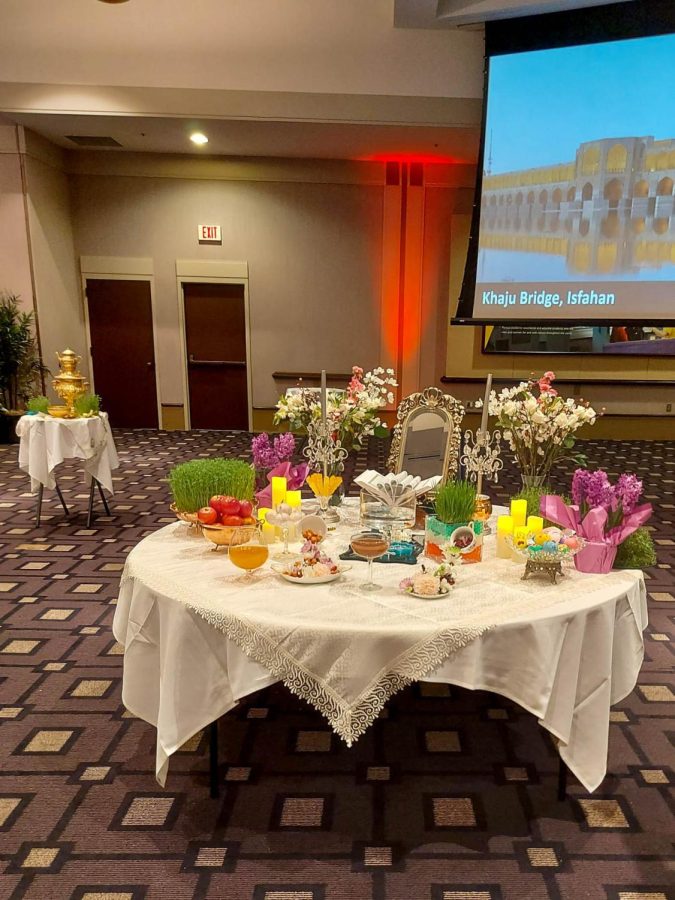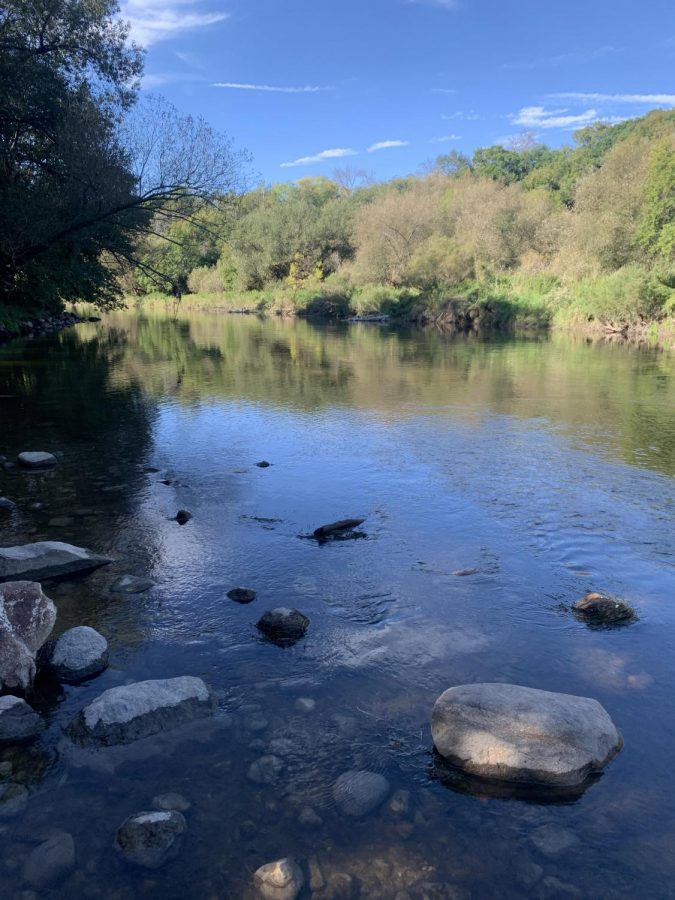This past Monday, from approximately 1:45 p.m. to 2:15 p.m., masses of Marquette students flooded outside. Although some had been waiting for this brief moment for months and others were simply looking for an excuse to be outside instead of in class, they were all convening to see the same thing: the first solar eclipse visible in the United States since 2017.
Before the previous 2017 eclipse, there had not been a visible eclipse in North America since 1918. Although the next one to pass is relatively sooner than that, arriving in 2044, the sheer commotion that the event created shows the need for our communities to reconnect with nature and each other.
This energy was felt all over the eclipsed parts of the United States, despite there only being partial visibility throughout many of the states where it was observed, including Wisconsin, Tennessee and Michigan. The eclipse’s path entered the United States in Texas, and traveled through Oklahoma, Arkansas, Missouri, Illinois, Kentucky, Indiana, Ohio, Pennsylvania, New York, Vermont, New Hampshire and Maine. Throughout all of these states, the commotion regarding the celestial event was palpable.
More than 32 million people were present to see the eclipse in its path of totality, millions traveling states away to appreciate the event fully. As television and online broadcasting have made most events easily to stream, this kind of coming together is not very common. For the last Super Bowl, for example, only 450,000 people travelled at all to celebrate the yearly game.
Solar eclipses, however, are much more common than many realize, as between two and five eclipses occur every year. A total eclipse will not hit the same specific areas again in about 360-410 years. These events might not be statistically significant as many make them see to be, yet they produce indescribable moments that bring millions together and motivate a largely sedentary society to mobilize and interact with each other.
The abundance of events surrounding the eclipse and people who attended them show that there is a want and need for people to go outside and appreciate the way that the world works.
NASA conducted special programming from Niagara Falls, New York, where the path of totality peaked, showing all interested a live show from the different stages throughout the eclipse’s path, which garnered 12 million views and is still available via YouTube.
The eclipse was not simply about observing a scientific spectacle, however. It was a moment that called people to celebrate in community. In Russellville, Arkansas, 400 couples got married in a mass-wedding event dubbed “Elope at the Eclipse.” There was a mindfulness retreat for LGBTQ+ people in Lake Erie, New York, aimed at using the energy of the eclipse and community for self-love and healing.
For many religious people, this event was also extremely significant. In fact, most world religions denote some kind of significance to the spectacle. Six men incarcerated at the Woodbourne Correctional Facility in upstate New York had actually sued the New York Corrections Department for impeding their religious rights by not letting them go outside to see the eclipse.
The group consisted of a Baptist, a Seventh-day Adventist, a Muslim, two practitioners of Santeria and an Atheist. All were determined to have sincere religious and spiritual beliefs that were sufficient enough to allow them an exemption to the previously universal lockdown that was imposed throughout the state.
The eclipse even allowed for unprecedented economic opportunities for those who still had to clock in regardless. In Buffalo, another one of the cities that fell under the path of totality, there was a 35% increase in spending at hotels and restaurants, compared to a 13% increase U.S. wide. As the eclipse began to arrive in Mexico, the foot traffic of millions of Americans quickly followed.
However, we shouldn’t be waiting for these events to appear. Currently, only 58% of U.S. Adults spend more than 30 minutes outside a day. This is a ridiculously insufficient amount of time to appreciate nature on a daily basis. Being outside regularly reduces stress levels, heart rate and even lowers incidence of stroke.
Communities should organize themselves together more to more frequently appreciate the beauty of nature and the functions it performs every day. It shouldn’t take a celestial event that happens every 360 years to get people to go outside and be together.
This article was written by Clara Lebrón. She can be reached at [email protected].






